Forget the Funnel Book Summary: Essential Takeaways for Marketers
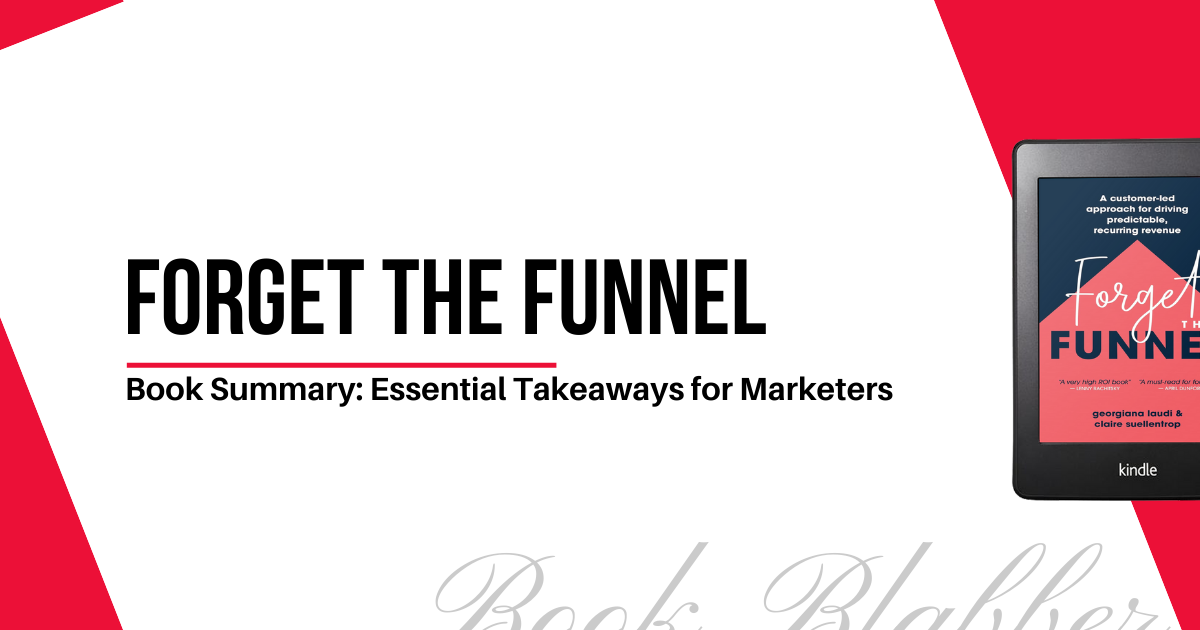
Forget the Funnel is a concise and effective book on marketing for SaaS products. It revolves around a Customer-Led Growth (CLG) Framework. In this, you see your customers as living, breathing, whole people you're in a meaningful relationship with, instead of a number.
The book preaches about focusing on value, instead of mere data. It doesn’t give you a toolbox of tactics; you already know enough. It helps create a system based on a cross-functional team with buy-in from multiple departments.
Check Forget the Funnel on Goodreads
This Forget the Funnel book summary is a collection of essential takeaways that marketers and salespeople will find handy.
Let’s dive in.
Table of Contents
Learning from customers
As your company innovates, as your team grows, your product evolves and your customers change. Their needs shift as old problems are solved, industries mature, and more solutions enter the market.
You need to create a documentary of your best customer’s journey: from the struggle to buying it and being so happy that someone would now have to pry it from their hands. If you haven’t done the kind of customer research that can tell you that, you need new research.

Understanding customers’ psychology, not their opinions, is at the heart of your questions. Getting good, usable data around this goal relies entirely on how you word your questions. You want to avoid inviting opinions or speculation and avoid leading or closed questions.
Learning from future customers
Audience research is learning from your target audience or potential customers out in the world who are experiencing the problem that you are helping solve.

It helps you understand what influences the people you’re trying to reach, who they listen to and trust, and where they go when looking for new solutions. It also tells you about other solutions they’re trying and why those solutions are/aren’t working for them.
Capturing these insights is similar to capturing insights from your customers. The difference is that you’re not looking for user experience or demographic data. Instead, you’re looking for people’s objective, observable actions and answers.
Ideally, you’re looking for information about the problem they’re trying to solve, the places they look for solutions, and the tactics they use to track down solutions.
Identifying customers’ jobs to be done
When we say “jobs to be done,” we mean the struggle… that motivated customers… to seek a desired outcome.
To find customers’ jobs to be done, you can start with the data gathered from your customer and audience research. Here’s what to do:
- Look for the pain (struggle) that pushed your customers to find a new solution.
- Pick out the specifics (motivations) of a new solution that fills the gaps.
- Identify the desired outcomes customers are seeking from the solution.
Next, identify the top struggles and the motivations and desired outcomes connected to each. That’s your customers’ job(s) to be done. Now, prioritize and focus on one job at a time.
Here are a few factors to consider when prioritizing the jobs:
- Urgency to solve their struggle
- Willingness to pay for value
- Less hand-holding/sales burden
- High retention potential
- Expansion and upsell potential
- Congregate in ways you can target
- … other wildcard criteria
Deconstructing customer experience
Generic frameworks like buyer journey maps and pirate metrics center on the business getting value rather than the customer getting value. They shoehorn all customers’ experiences into a generic set of stages. And they incentivize your team to focus on transactional moments over customer value moments.

You must identify specific value moments – the moments your product delivers on its promise or exceeds expectations. This will give you insights into the “job” they want you to complete.
Mapping the customer’s experience starts by breaking it down into three main phases:
- Struggle phase: your customer realizes they have a problem and begins seeking possible solutions.
- Evaluation phase: your customer commits to try your product and decides it’s the solution they were looking for.
- Growth phase: your customer successfully embeds your product into their daily life and even uses it in new ways.
It helps you understand their experience and do something to improve it. You can identify exactly where you’re meeting customers' needs well and where you’re failing.
Identifying customer-led KPIs
If you assign a milestone to each step your customer takes, you need a way to measure how customers move from one to the next. Each milestone needs a KPI that indicates a customer has successfully taken that step.

You should match what your customers said was valuable to the features and attributes of your product that create that value. Once you know what your customers value, you can start measuring your success based on their actions.
A super-common metric for measuring engagement is daily, weekly, or monthly active users. The logic is that if customers log into your product, they’re engaged.
Measure what you can act on and define a KPI for each milestone. Build dashboards and see how you’re meeting customers’ needs (or not). Then, start benchmarking your performance.
Bridging customers’ success gaps
Before you run wild with whatever idea sounds the most fun, trendy, or interesting, you must identify the biggest success gaps your ideal customers face across your customer experience.

The most straightforward way to begin identifying success gaps is to imagine yourself as an ideal customer who needs your product. You’ll see all the mismatches between what “good” would look like for your customer and the experience you provide today.
It helps you identify the features they care most and least about. Thus, you can introduce the most important features first. Choose the feature (success gap) where even a modest increase in conversion rates would generate an outsized impact on revenue.
With your top priority on focus now, make shit happen and bridge the biggest success gap. Next, measure your impact using your newly defined KPIs.
Integrating and iterating customer-led practices
Now, you know why your best customers seek a new solution, what problem they’re trying to solve, and why they choose you. Next, to get buy-in from the stakeholders, reiterate the value of this work to the business and connect it to revenue growth whenever possible.
Show off the data and research methods, and provide the customer insights uncovered. Let everyone know your prioritized customer job(s) and KPIs, and help people connect the dots between your new insights and decisions.

It’s time to leverage your top-priority customer job and CX map as strategic decision-making tools across all departments as part of their day-to-day work.
Wrapping it up
The Forget the Funnel book is all about designing a customer-led growth framework for your product. It requires you to forget the funnel and see your customers as living, breathing, whole people with whom you’re in a meaningful relationship. Because you are.
And that’s all from this Forget the Funnel summary.
Liked the article?
Join Book Blabbers WhatsApp group to bond over books, memes and quotes.
Subscribe to Book Blabber’s Bulletin to get book summaries, reading tips and occasional hugs in your inbox.

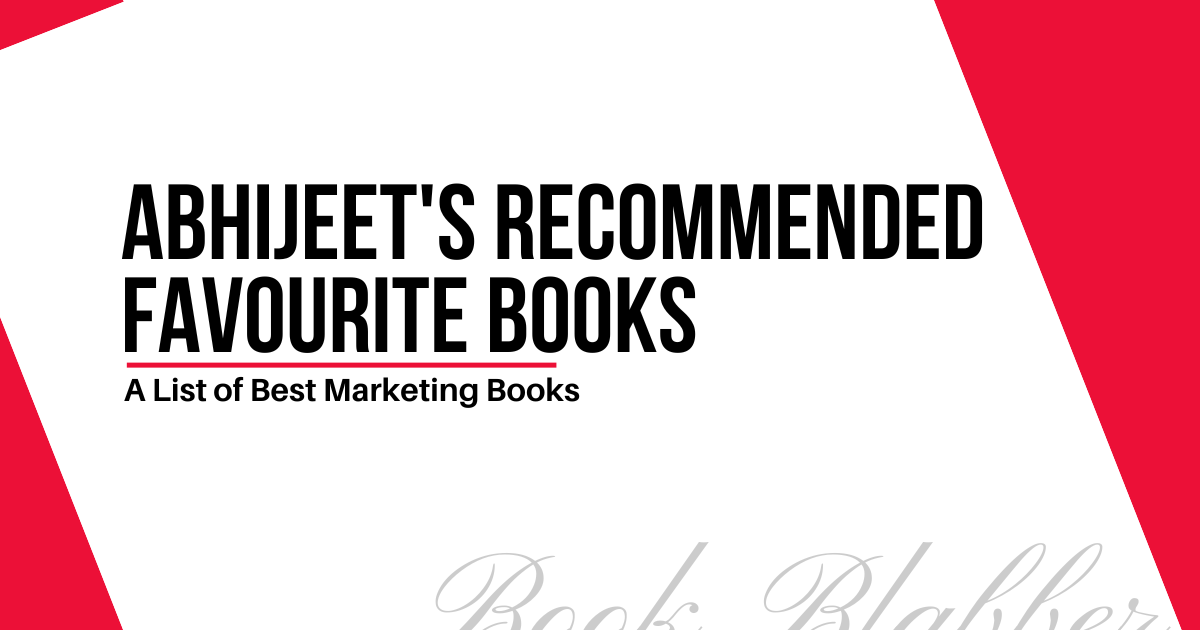
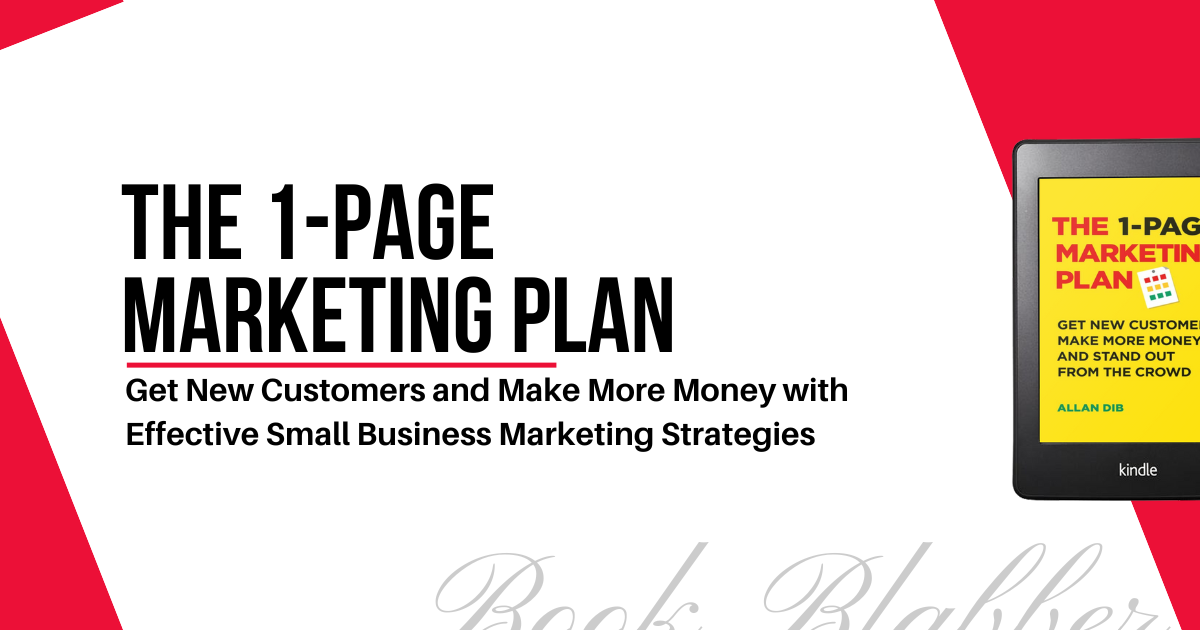
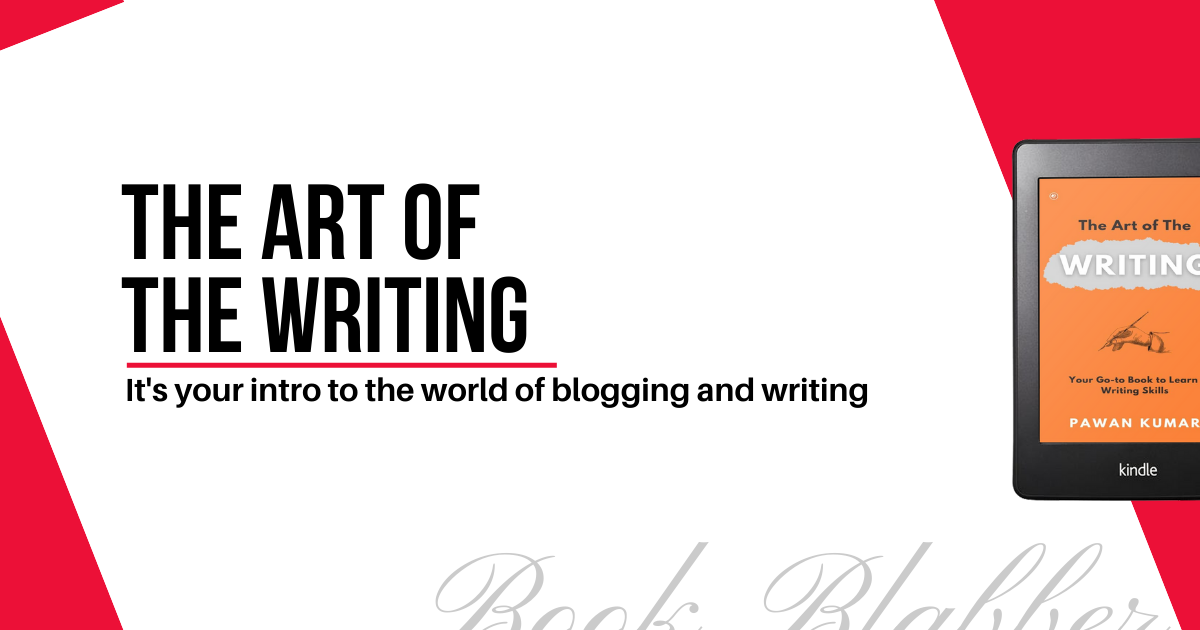
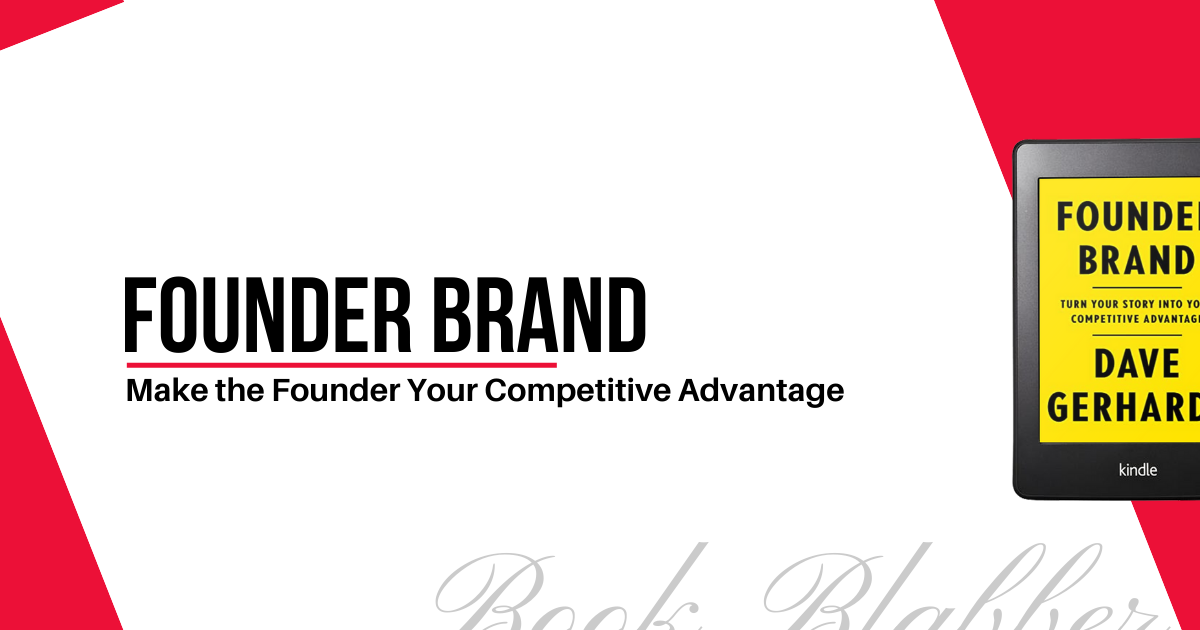
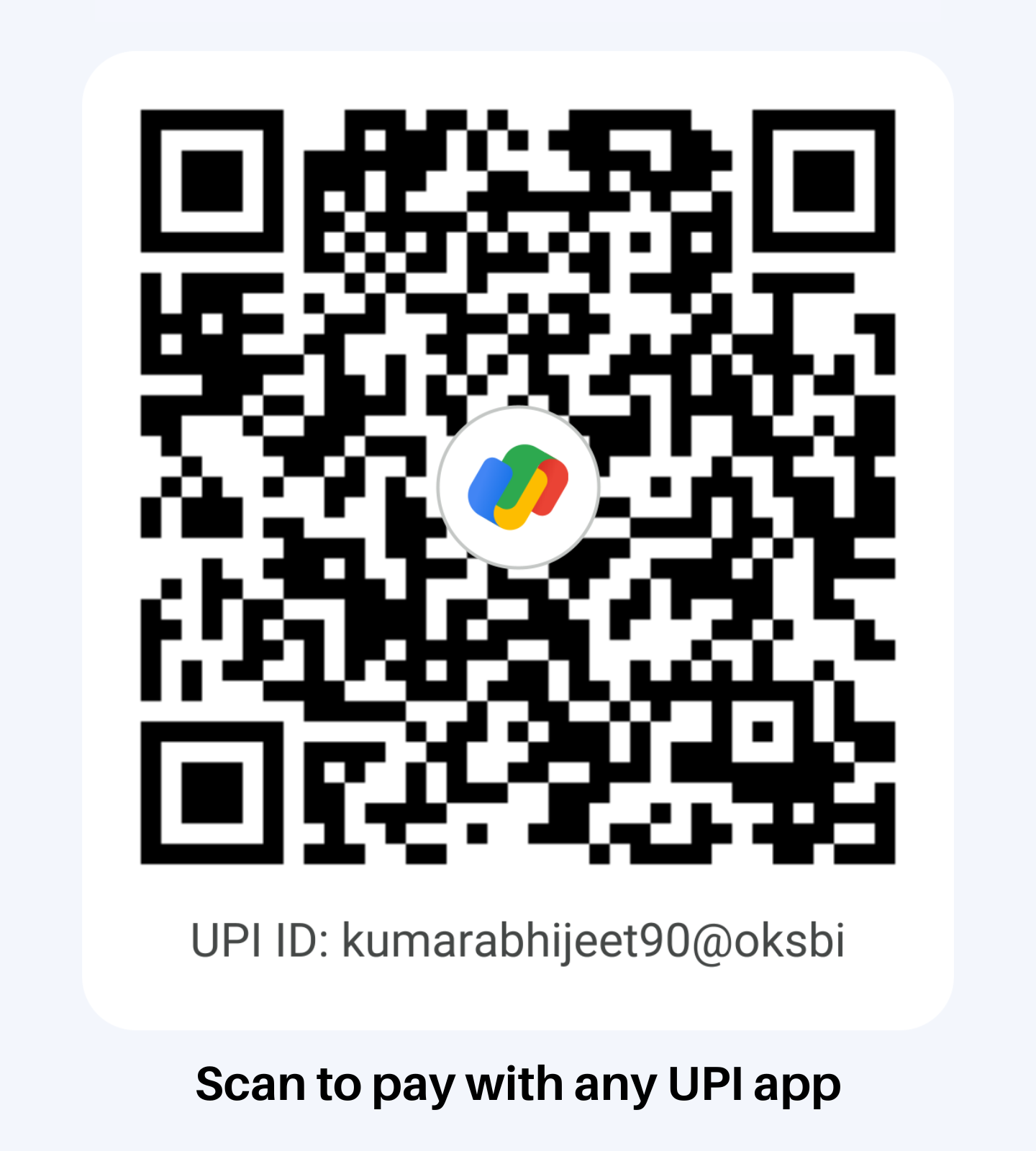
Comments